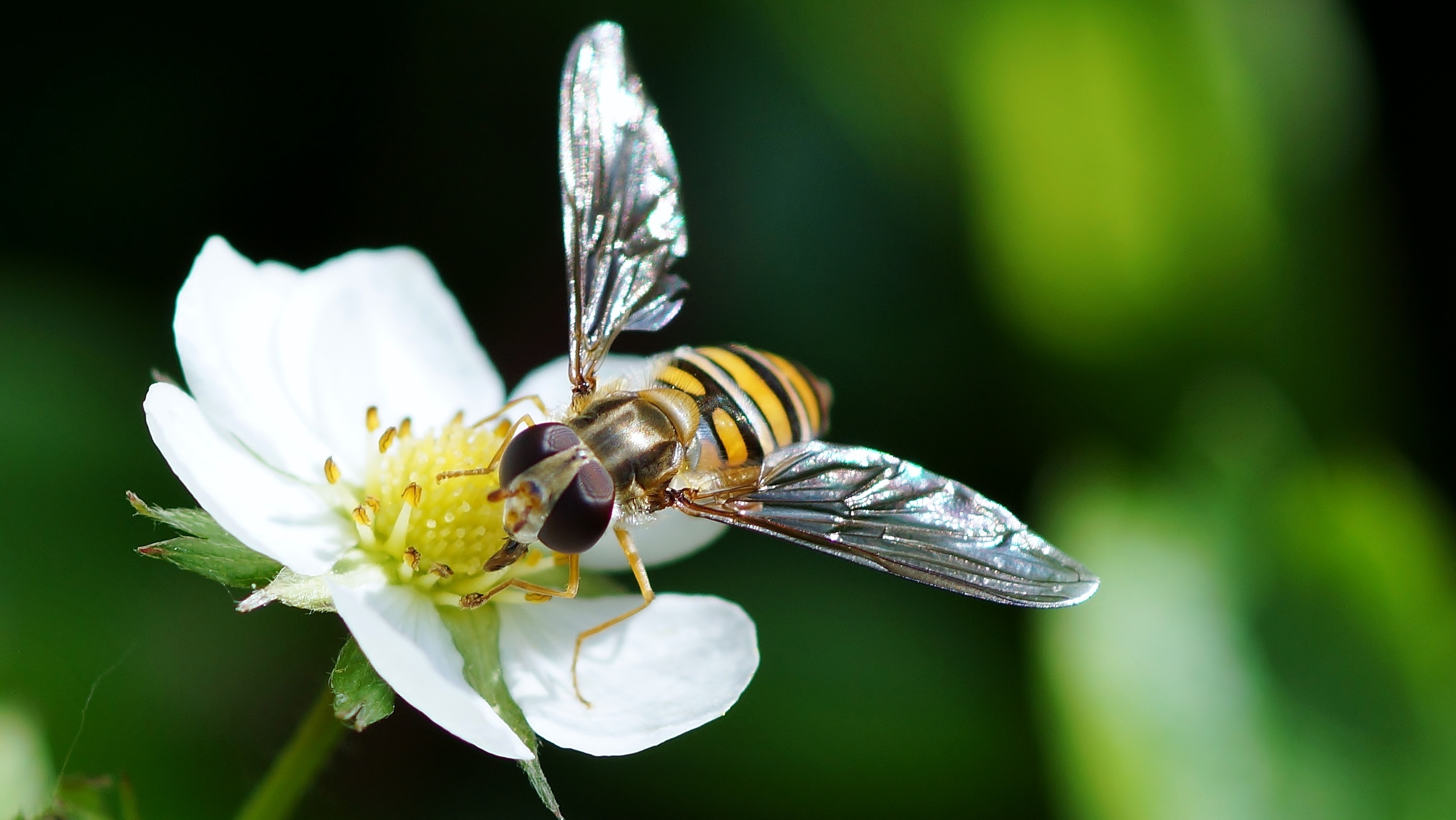As the global population continues to grow and environmental challenges persist, the decline in bee populations poses a significant threat to agriculture and ecosystems. To address this issue, scientists and engineers have turned to innovative solutions, one of which is the development of robotic bees. These miniature flying machines mimic the behavior and functions of real bees, holding the potential to revolutionize pollination and mitigate the consequences of declining bee populations.
The Need for Robotic Bees: Bees play a vital role in pollination, enabling the reproduction of flowering plants and facilitating the production of fruits, vegetables, and seeds. However, factors such as habitat loss, pesticide use, diseases, and climate change have led to alarming declines in bee populations worldwide. This decline poses a serious threat to global food security and biodiversity. Robotic bees, also known as "robo-bees" or "pollinator drones," aim to address this critical issue by replicating the pollination process.
Understanding Robotic Bees: Robotic bees are complex technological creations that mimic the appearance, flight patterns, and pollination behavior of real bees. These miniature flying robots are equipped with artificial intelligence (AI), advanced sensors, and microelectromechanical systems (MEMS) that enable them to navigate through complex environments, locate flowers, and collect and transfer pollen from one plant to another.
Technological Advancements: To develop functional robotic bees, scientists and engineers face significant challenges. They must create drones that can achieve stable flight, endure long periods of operation, and mimic the delicate interactions between bees and flowers. Advancements in materials, energy storage, AI, and sensor technologies are crucial in overcoming these obstacles and creating effective robotic pollinators.
Applications and Benefits: The potential applications of robotic bees are vast. These artificial pollinators can be deployed in greenhouses, orchards, and crop fields, enhancing agricultural productivity and reducing reliance on natural pollinators. Robotic bees can also access hard-to-reach areas, enabling pollination in regions where real bees may struggle. Additionally, their controlled pollination capabilities offer opportunities for selective breeding and the development of hybrid plant varieties.
Challenges and Limitations: While robotic bees hold promise, there are several challenges and limitations to overcome. Firstly, replicating the complexity and efficiency of natural pollination is a daunting task. The intricacies of bee behavior and the diversity of plant species make it challenging to create a one-size-fits-all solution. Furthermore, the scalability, cost-effectiveness, and environmental impact of large-scale deployment of robotic bees require careful consideration.
Ethical and Environmental Concerns: As with any emerging technology, ethical and environmental considerations surround the use of robotic bees. The potential displacement of natural pollinators and the impact on biodiversity must be thoroughly assessed. Additionally, measures must be implemented to prevent unintended consequences such as the spread of genetically modified pollen or disruption of existing ecosystems.
 |
| source: Google |
Collaboration and Future Prospects: Addressing the decline of bee populations and harnessing the potential of robotic bees requires collaboration among scientists, engineers, policymakers, and stakeholders. Ongoing research and development are essential to improve the efficiency, functionality, and environmental sustainability of robotic bees. Public awareness and education initiatives can help foster understanding and acceptance of these technologies.
Conclusion: Robotic bees offer a promising solution to the decline of bee populations and the consequential impact on pollination. By harnessing advanced technologies and mimicking the intricate processes of natural pollination, these miniature flying machines have the potential to revolutionize agriculture and ensure global food security. However, it is crucial to proceed with caution, considering ethical implications and environmental consequences, while striving for effective collaboration and continuous innovation. The buzzing future of robotic bees awaits, offering hope for a more resilient and sustainable world

Post a Comment